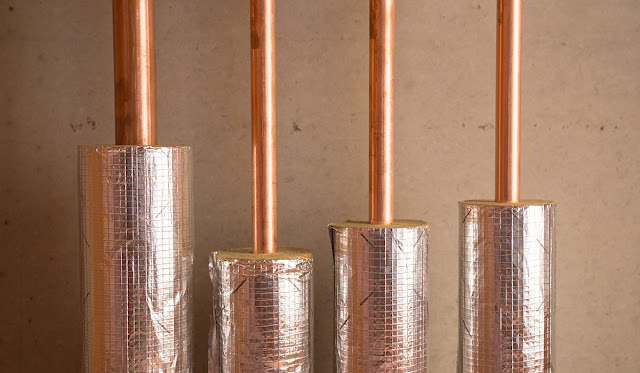Showers and tubs do a great job of keeping us clean – but what about the reverse? So that your shower is always on standby, it’s essential to regularly clean your shower.
4 out of 10 Americans admit to cleaning their bathrooms once a month or less. The shower curtain or door is the most overlooked element when it comes to sanitation.
Don’t be among those 40% of people who rarely scour their bathroom toilets and sinks! Cleaning a shower is a necessary household chore that helps prevent the buildup of mold and mildew. It also maintains the appearance of your bathroom.
How often you clean the shower depends on how much you use your shower. A good rule of thumb is to aim for once per week. You can probably clean the shower about every two weeks if you spend a minute or two on maintenance each time you use the shower. This might involve squeegeeing the walls or door so soap scum doesn’t proliferate.
As you think about developing a good cleaning routine, there are several hacks to be aware of based on the type of material of your shower. Whether stone, ceramic, or fiberglass, here’s some shower cleaning hacks to make your shower truly sparkle and save yourself time.
Bathroom Organization Hacks
How to Clean Stone Showers
Cleaning a stone shower requires some extra care and attention, as certain cleaning products and methods can damage or discolor the stone. Whether your shower is granite, marble, or another type of stone, here are some helpful cleaning tips:
- Use a pH-neutral cleaner specifically formulated for stone surfaces. Avoid using harsh and acidic cleaners, such as vinegar or lemon juice, which can etch the stone’s surface.
- Gently scrub the stone with a soft cloth or sponge, taking care not to scrub too hard or use a scouring pad.
- If you need to remove tough stains or soap scum, you can use a small amount of a mild abrasive cleaner, such as baking soda.
- Rinse the stone thoroughly with water to remove all traces of cleaner.
- Dry the stone with a soft, dry cloth to prevent water spots.
- To maintain the appearance of the stone over time, you can apply a stone sealer twice a year, which will help to protect it from stains and make cleaning easier in the future.
Bathroom Sink Cleaning Hacks
How to Clean Ceramic Showers
The biggest burden of keeping ceramic-tile showers clean is they are privy to mildew spores that form in the grout. To make sure there’s no buildup of mold or mildew, here are our tricks for cleaning a ceramic shower:
- Empty the shower of any bathroom products.
- Use a dry scrubber to loosen any soap scum. Plastic or mesh non-scratch scrubbers are usually best for tile.
- Pre-treat the entire shower with a tub and tile cleaner and let this soak for 5 to 10 minutes. This will allow the cleaner to penetrate into the grout and start breaking down any mildew or mold (making your eventual scrubbing job even easier!)
- Use an all-purpose scouring pad to scrub the shower until the surface appears clean. Never use a metal or hard-bristle scrubber, which will scratch the tile.
- Rinse the walls with water and squeegee them until they are dry to avoid any water spots.
Are Sliding Shower Doors Outdated?
How to Clean Fiberglass Showers
Maintaining the sparkly white surface of a fiberglass shower can feel like a challenge, but it’s actually quite easy to clean if you use the right tools and products. Here are several tips to clean and disinfect your fiberglass shower:
- Remove any clutter from around the shower and fill a bucket with warm water.
- Add a few drops of dish soap to the bucket so the water becomes bubbly.
- Dip a soft cloth or sponge into the soapy water and use it to scrub the walls and floor of the shower. Be sure to pay extra attention to any buildup of soap scum or hard water stains.
- Rinse the shower thoroughly with clean water to remove the soap.
- Dry the shower with a towel or squeegee to prevent water spots.
- Adding a protective coating of fiberglass boat wax to the shower walls will allow water to run right off without spotting, which will make cleaning easier. Just be sure not to wax the floor, because it will leave a slippery and dangerous finish!
With these tips in mind, you can adopt a foolproof cleaning routine that keeps your shower looking pristine and shiny, regardless of its material. Need to start fresh? Shop new showers here.




.jpg)









.jpg)






